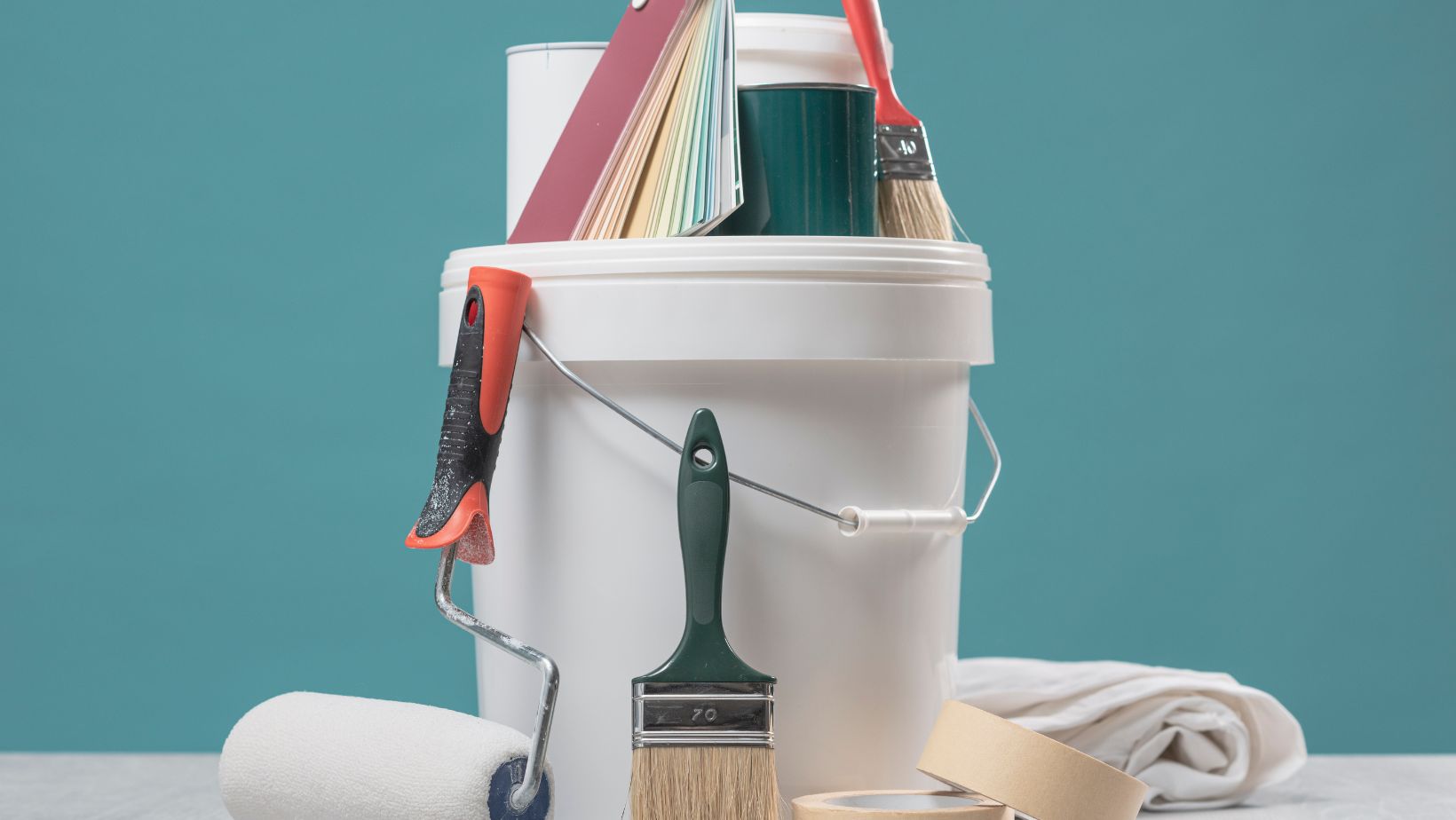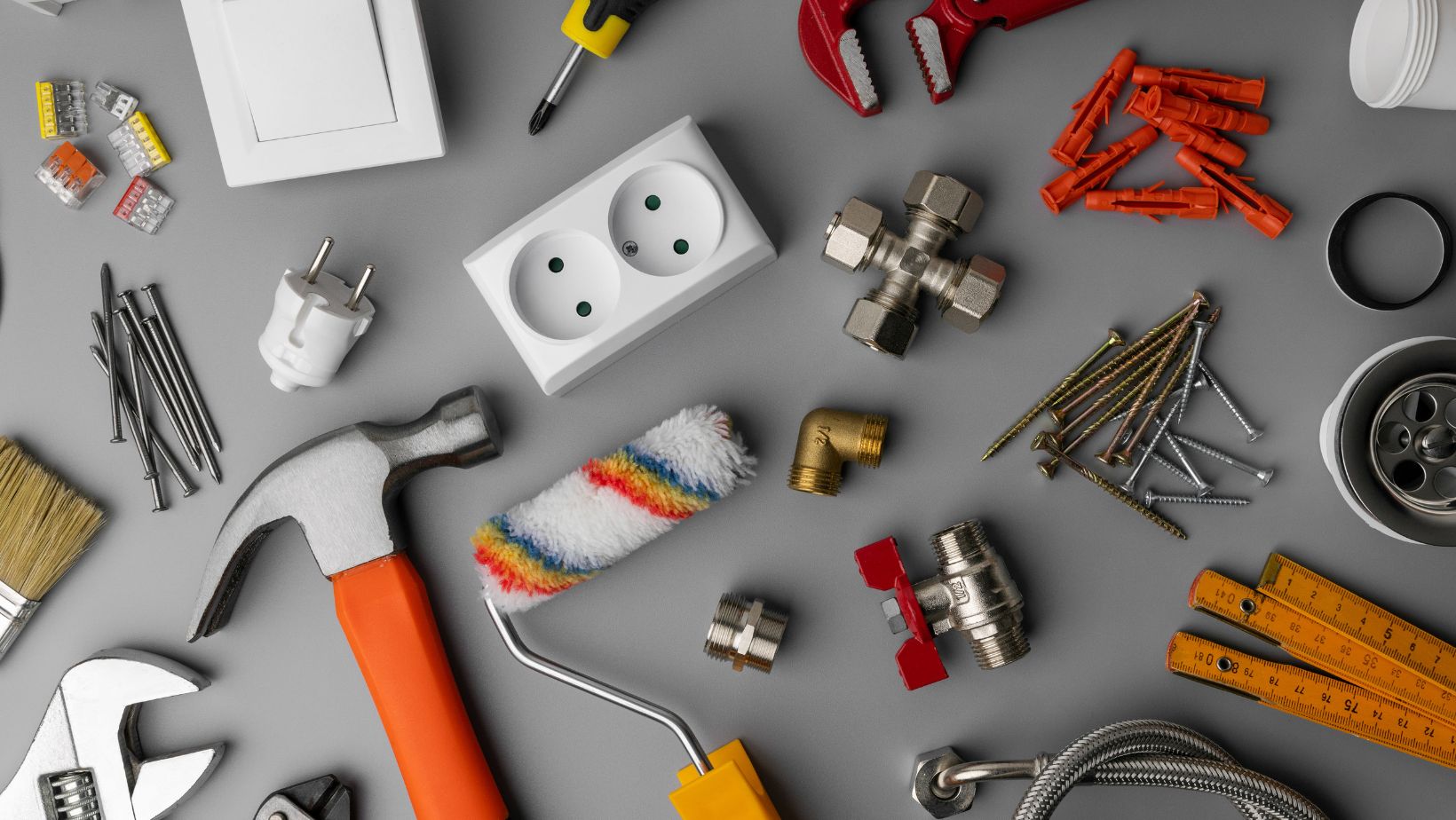Even the most straightforward home remodeling project requires a solid foundation of tools and equipment. Whether you’re a seasoned DIY enthusiast or a cautious first-timer, having the right gear on hand will make the process smoother, safer and more efficient. This essential list will equip you to tackle a wide range of remodeling tasks, from basic demolition to meticulous finishing touches.
Safety First
Before diving into the project itself, prioritize safety. Goggles, gloves, a respirator and sturdy work boots are non-negotiable. Invest in a good quality kneepad to protect your knees from prolonged periods spent crouching or kneeling.
As for kitchen upgrades, a dust mask will be your best friend when tackling tasks that generate dust, such as sanding down cabinets or drywall. When working with demolition or cutting tools, hearing protection is also recommended to shield your ears from loud noises.
Measuring and Marking Tools
Accurate measurements are crucial for any successful remodeling project. A dependable tape measure with a length of at least 25 feet is a must-have. A retractable measuring tape offers greater convenience, especially when working in tight spaces.
A level ensures that your shelves, cabinets and countertops are perfectly horizontal, while a plumb bob helps you establish perfect verticality for tasks like hanging cabinets or laying tile. A stud finder is an essential tool for locating wall studs behind drywall, which is crucial before drilling or hanging anything heavy.
Demolition Crew
For demolition tasks, a sturdy pry bar is perfect for prying up floorboards or removing old fixtures. A reciprocating saw, also known as a Sawzall, is a powerhouse for cutting through tough materials like lumber, lath and even some metals.
It’s important to note that a reciprocating saw can generate a lot of dust, so wear a dust mask and use a shop vac to control dust particles while using it. A multi-tool oscillating tool is a versatile option for finer demolition work, such as cutting drywall, PVC pipes, or grout.
Cutting Tools
A good miter saw is a game-changer for projects that involve precise cuts, such as crown molding, trim work, or building cabinets. While a circular saw can handle straight cuts in lumber and sheet materials, a miter saw offers the advantage of angled cuts for creating corners and joints.
A jigsaw is ideal for making curved cuts or intricate shapes in drywall, plywood, or countertops. For those smaller cutting needs, a utility knife is a must-have for precision cutting of cardboard, rope, or insulation.
Powerhouse for Building
A cordless drill is a versatile tool that will see a lot of action throughout your project. Choose a drill with a comfortable grip and variable speed settings for drilling into different materials. A good set of drill bits, including wood bits, masonry bits and metal bits, will ensure you’re equipped for any drilling task.
A power screwdriver attachment for your drill can save you time and effort when driving in a large number of screws. Clamps are essential for holding pieces of wood together securely while gluing or screwing them together.
Painting and Finishing Touches
For painting tasks, invest in a good quality paintbrush set with a variety of sizes. Opt for synthetic bristles for latex paint and natural bristles for oil-based paints. A paint roller and extension pole will help you efficiently cover large areas.
When painting cabinets or trim, a paint sprayer can provide a smooth, professional finish, but requires practice to use effectively. For smaller touch-up jobs, a set of artist’s brushes will come in handy.
Specialized Tools
Some remodeling projects may require specialized tools beyond the basic set. If you’re renovating your kitchen, for example, you might need a cabinet jig to ensure precise installation of cabinet hardware.
When replacing flooring, a flooring mallet and tapping block will be helpful for secure installation. Researching your project beforehand will help you determine if there are any specialized tools required.
Don’t Forget Safety
Remember, safety should always be a top priority. Wear safety glasses whenever using power tools or working with materials that could create dust or debris. When using a dust mask, ensure a proper fit to maximize protection. Finally, always unplug power tools before changing blades or attachments.
With this essential toolkit in hand, you’ll be well-equipped to tackle most home remodeling projects with confidence. Remember, the specific tools you’ll need may vary depending on the nature of your project. With the right preparation and equipment, your home remodeling project can be a rewarding and successful experience.







